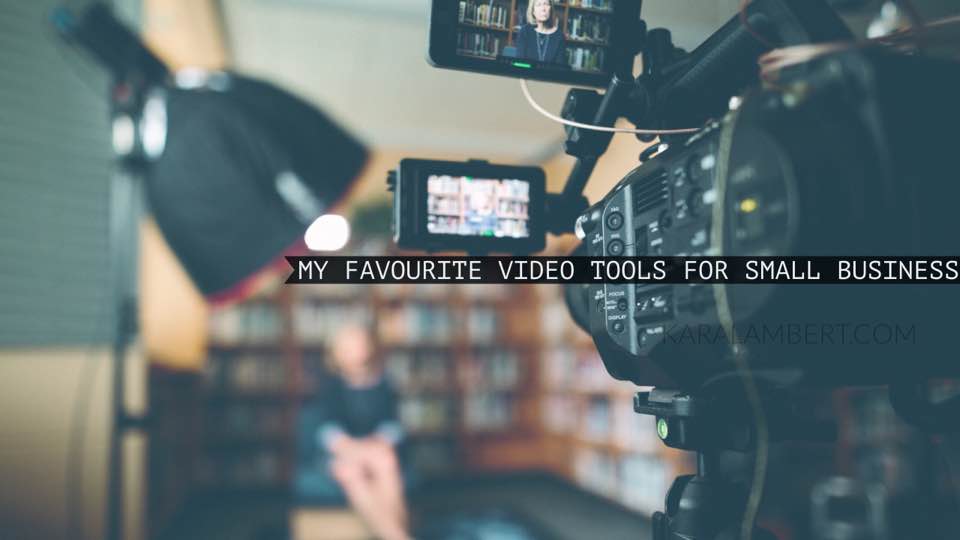Ever seen those viral videos on Facebook and thought, “I wonder how I’d record myself?” I have to be honest, my original videos were done with a digital camcorder. While not in a professional studio, I promise there is an easier way.
Here are the video recording tools I use
Facebook Live – Live streaming video
It’s no surprise that I use this since I love live streaming. I love the interaction and the ease of recording from my phone (yes I also go live from my laptop).
I will often run a Facebook Live, save the video to my gallery and upload it from there so that I can have it on my Youtube channel or repurpose it into a blog.
You can also download your Facebook Live videos and then upload them to other channels.
COST – FREE
Debut Video Capture
I use the Debut Video Capture from Australian Company, NCH Software to quickly record my screen. You have a number of different views you can record, be it a set area, active window or full screen.
I like how Debut Video Capture quickly integrates with their video editing software – Video Pad. Better still, Video Pad can load directly into a number of video platforms, including YouTube. I really like this function as it saves logging in or moving to another window.
You can also overlay text or your webcam video. The webcam overlay is great so you can still see your face when sharing your screen. Perfect for video tutorials.
COST – $50 AUD
Adobe Spark Video
I love that Adobe Spark have mobile apps (IOS only) and that means that I can make videos on the run. I have used their templated videos to run Facebook Video ads with a voice over.
Adobe Spark Suite gives you access to the Adobe images suite and a multitude of templated designs. Of course, you can design your own from scratch.
Adobe Spark Video has a library of music to use as backing or you can dub over your video of transitioning images.
Cost – FREE
Lumen 5 – Blog to Video conversion
Lumen5 is my latest find and I am a little smitten with shiny new toy syndrome.
With Lumen5 I can take a blog post URL or text and put it in and out pops a video. Ok, so there’s a little work to do in there.
With the manual upload, you input the link or text and then you can add new slides and slide text to cover off the points in the uploaded content. The great thing is that it will import the linked images for you to use and it will also find related images and video to have in the slide backgrounds. Yes! You get video in video. It certainly makes for a more entertaining production.
You can then add background music from their library, upload music or you can dub over the top.
It gets better!
The Lumen5 video tool will also take an RSS feed and turn your feed into templated videos. Now that’s a hands off approach to video creation that I can applaud. The templates draw text from the posts into the template. You can then edit, change images/video and add the audio. A much faster result.
Most Lumen5 video sits in under a minute. This is great for a quick teaser to your content. Upload it to YouTube etc and embed with your blog for an overview for those who don’t like reading!
COST – FREE (so long as you don’t mind their branding)
Zoom – Video Conference & Webinar
I use Zoom for video meetings & training. I love the record feature and how it brings my webcam in over my screen when screensharing.
I use Zoom recordings to repurpose the trainings I do using Zoom.
COST – FREE to $28/mth AUD
Veed.io – Quick editor & subtitle maker
I’ve tested a few subtitle makers and I have to rate Veed.io for accuracy and ease of use. I liked that I could download my edited video in gif or share a link to a hosted video.
I wish it had the ability to select multiple platforms for where I share video content, or a quick format switcher. I liked the idea of importing from dropbox and YouTube but the latter didn’t work.
Thoroughly recommend for an easy way to add and edit subtitles.
COST – FREE to $384/year


